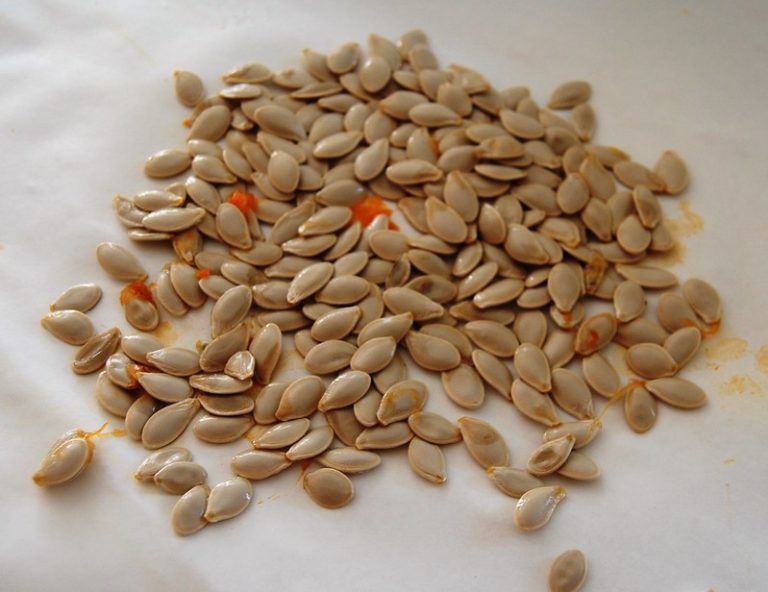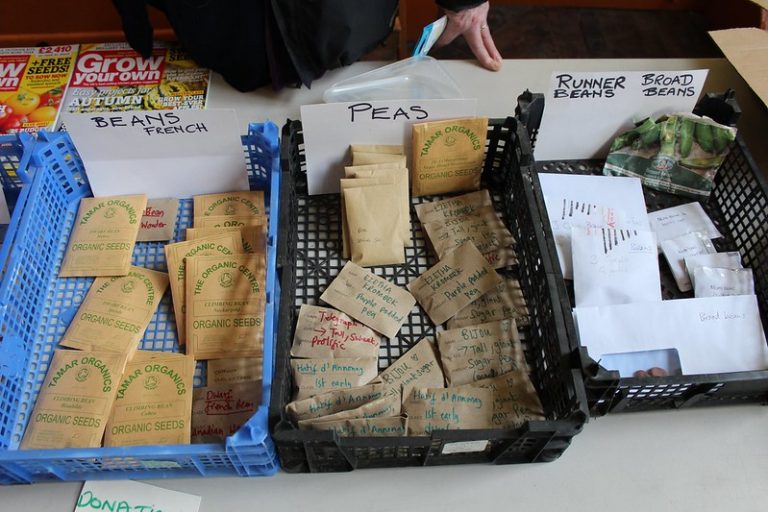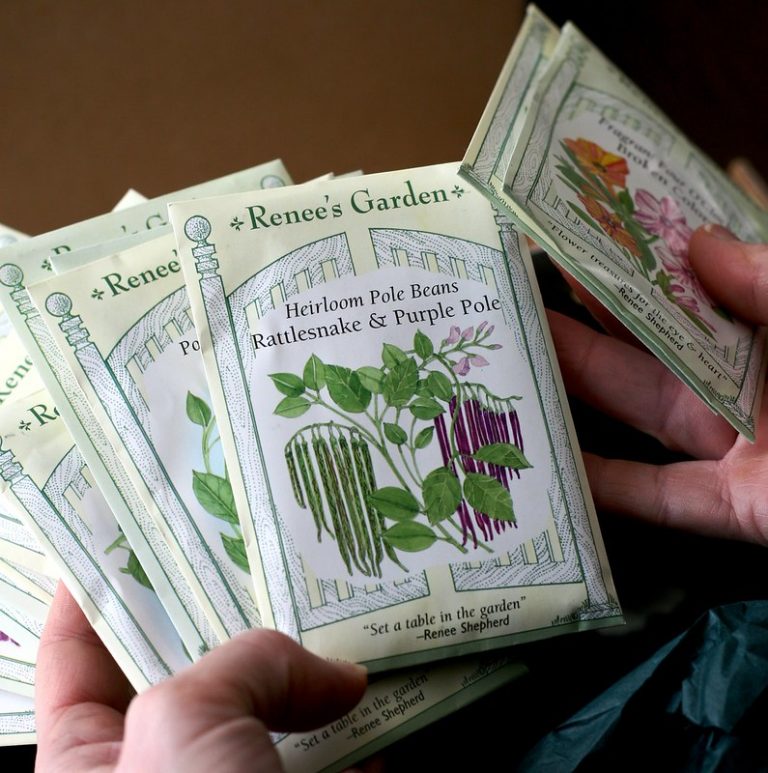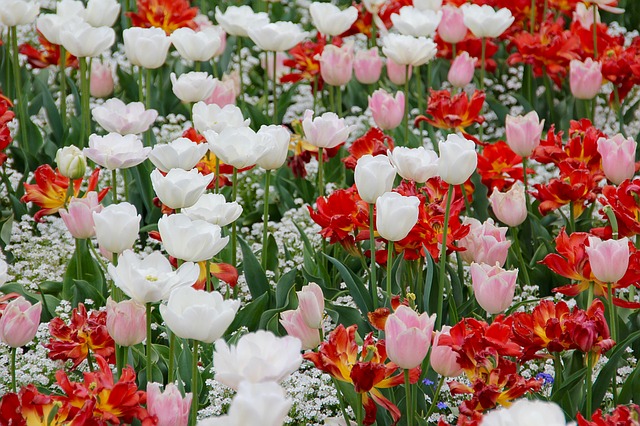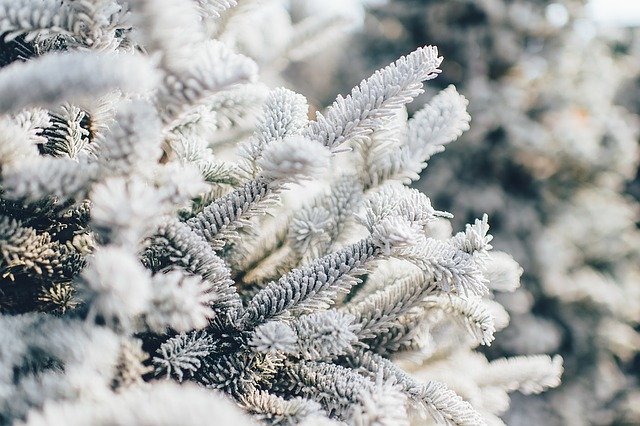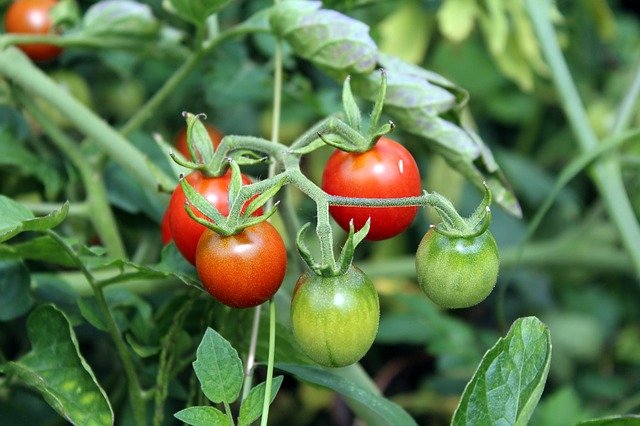The pandemic continues to affect everyday life despite lockdown protocols being lifted, and I’ve spent a lot more time in the garden because it’s currently one of the few things I can control (albeit barely!). For more than a decade, I’ve continued to make mistakes and discover tiny miracles in my outdoor oasis. It’s…
Uncategorized
5 Easy and Neat Seed Storage Ideas
I’m an organization nerd (and a seed storage geek). It’s why I’m so attracted to Square Foot Gardening. I like it when things have their place. Without a system, things easily start to become messy and confusing. “Where did I put that again?”, “What did I just plant there last week?”. I’m more forgetful than…
How to Design a Pollinator-Friendly Garden
Gardens are more than just an attractive feature in one’s home. They also help boost ecological balance by supporting pollinators. But before we go into designing a pollinator-friendly garden, let’s refresh our memory on some basic biology concepts.
7 Reasons to Rent Instead of Buy a Home
One of the main aspects of the American Dream is becoming a homeowner…isn’t it? This might not necessarily be the case anymore. For many Americans, there seems to be a declining interest in owning a home. The decline in home buying goes hand in hand with increasing percentages of millennials that consider buying a home…
Expand Your Gardening Possibilities with Seed Swapping
It’s nearly time to start seedlings, but you’ve noticed your seed supply is a bit thin. Or perhaps you’re bored with the varieties you typically grow and want to try something new. Seed swapping is the perfect way to top up your seed inventory on a budget. What is seed swapping? It’s exactly what it…
5 Super Compelling Reasons to Save Empty Seed Packets
Peek into my gardening cabinet, and you’ll find a slew of gardening books, some crafting supplies, seed starting tools, my seed organizer, and a bunch of empty seed packets devoid of seed. Why do I keep the dirty, warped, packets around? If I’m out of seed, why not throw them in the trash? Good question!…
6 Incredible Flower & Garden Shows to Visit in February
Are you missing your garden and can’t believe it’s still winter? Are you searching for an out-of-the-box activity to get yourself out of the house? I know. It’s so tempting to wait out the winter wrapped in a blanket. Curl up on the couch with a good book, and it’ll soon be time to get…
You Need to Mulch Trees for the Winter: Here’s Why
Are you worried about your tree’s ability to withstand harsh winter weather? A bit of mulch might be your ticket to preserving new plant life in your garden. Typically, mulching of trees is done in the fall, prior to freezing weather, in preparation for winter. As we head deeper into the winter, there may still…
5 Fun Hobbies to Keep You Busy This Winter
The ice has arrived. It covers the roads, the driveway, and most of the garden. The leftover plants have turned into icy statues. The wind blows, and they remain immobile. The light coating of snow makes everything look intensely beautiful, though. At this time of year, I get to sit down and enjoy the first…
Reasons Why Tomato Foliage Curl
At one time, your gorgeous tomato plant was dotted with juicy, bright red fruit and had brilliant healthy green leaves. Now, the plant is looking under the weather, and its leaves are curling up. What’s going on? Why is your tomato plant taking a turn for the worse? Why does tomato foliage curl? Tomatoes…

